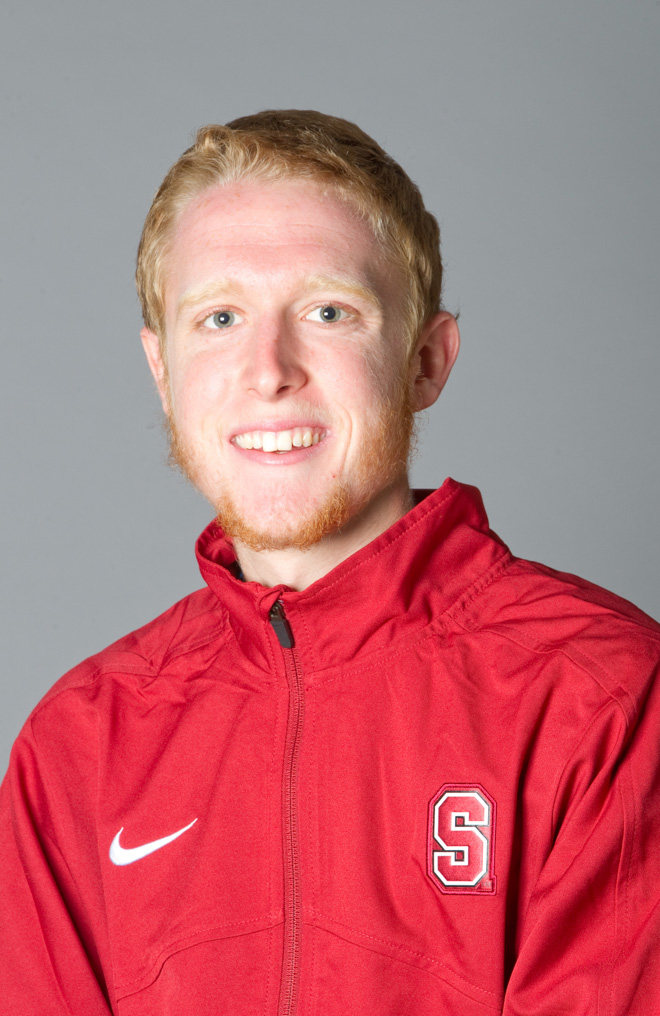Last Wednesday was a long-awaited day for high school athletes across the country, thousands of whom finally put pen to paper and signed a NLI or financial aid agreement with an NCAA-member school.
But for many of these athletes, and especially those in football and basketball, the school they initially sign with will not be the only stop on their collegiate journey. Of the four teams in this year’s College Football Playoff, two (Alabama and Oklahoma) started transfer quarterbacks. Several Stanford teams have had incoming and outgoing transfers in the past few years, the most notable of which were football’s Brennan Scarlett (in) and Barry J. Sanders. (out). In fact, about 40 percent of all Division I men’s basketball players transfer from their first school by the end of their sophomore year (in 2014, there were in excess of 700 player transfers in Division I alone). These numbers are similar to the transfer rate for all college students, over 37 percent of whom will switch schools at least once.
Unlike their non-athlete classmates, though, college players are subject to a dizzyingly complex array of transfer rules and restrictions. Among these is a provision that athletes “generally … are not eligible to play at the new four-year school until [they] spend an academic year in residence at that new school.” In other words, many players are ineligible for collegiate competition for the academic (or calendar) year immediately following their transfer. And while I’ve written about these onerous restrictions before, I want to distill my opposition into several separate yet interrelated points:
1) NCAA transfer regulations place burdens on college athletes that no other students are forced to bear.
College athletes are the only student cohort on campus whose ability to participate in non-academic activities is restricted if they transfer between institutions. For instance, schools do not have similar rules regarding eligibility for other sponsored extracurriculars, like the student newspaper or intramurals. Imagine if Stanford and UC Berkeley had an agreement that if the writers for their students newspapers transferred to the other institution, those students could not publish any pieces for the next year. Or if club sport athletes made the switch and couldn’t play immediately. Such an agreement would be roundly criticized as stripping a student of his/her ability to freely participate in the extracurricular activities of their choice simply because they thought it was in their best interest to transfer. There is no true “freedom” to transfer if one has to give up something in the process — which is exactly what college athletes are made to do when they come under the NCAA’s jurisdiction. If the powers that be in college athletics truly desire players to be “student-athletes,” those players must be treated like students.
2) The current transfer rules are inequitable, inasmuch as they apply only to players, while coaches and administrators are free to switch schools at any time, for any reason and without impunity.
Just this past season, there were 28 head coaching changes in FBS football, and nearly 40 in Division I men’s basketball. From 2011-15, there was a 42 percent turnover rate among power conference head football coaches. Administrators are constantly on the move as well, with two high-profile ADs switching schools in January.
And there’s absolutely nothing wrong with that: College coaches and administrators are at-will employees who should be and are able to seek out the best position for them and their family. What is wrong, however, is that these individuals are subject to none of the transfer restrictions of their “amateur,” non-employee “student-athletes.” They can sign multi-million dollar contracts for their new gig and begin work immediately — wherever that might be — but the players they like to control are often limited in their ability to practice, play and even receive institutional aid. And the kicker is that the extent of those limitations can be controlled by a head coach, who has sole discretion in deciding whether or not to release an athlete from his or her scholarship (which could mean the difference between playing right away or sitting out a year).
The real hypocrisy, though, comes when these coaches and administrators (again, able to go where they want, when they want) criticize players for their desire to be “free agents.” “It’s a slippery slope,” West Virginia coach Dana Holgorsen — who had just “transferred” from Oklahoma State a few years prior — said in 2014. “It would open up a lot of situations where the first time somebody has a bad day, he’d jump ship. The free agency aspect is very dangerous.”
But not dangerous enough to stop him from taking a $3 million-plus job in Morgantown, evidently.
3) Instead of furthering the NCAA’s stated purpose of integrating the “student-athlete” into the campus community, transfer restrictions reinforce the disparate treatment of college athletes.
One of the NCAA’s arguments in the recent O’Bannon antitrust case was that allowing athletes to be paid would “‘create a wedge’ between student-athletes and others on campus.” If the NCAA and its member institutions were truly concerned about integrating athletes into the campus-wide community, they would eliminate their unduly burdensome transfer restrictions that only serve to separate athletes from the rest of the student body. Making college athletes feel like an “other” at their institutions is certainly not what schools intended when regulations regarding transferring were introduced, but that is indeed their effect. Reforming the current transfer rules would ensure that the NCAA’s “student-athletes” are treated more like, well, students.
As a beloved member of The Daily staff, Cameron Miller would never be subjected to being transferred to The Daily Californian, UC Berkeley’s student newspaper. Tell Cameron how much you appreciate his work at The Daily at cmiller6 ‘at’ stanford.edu.
